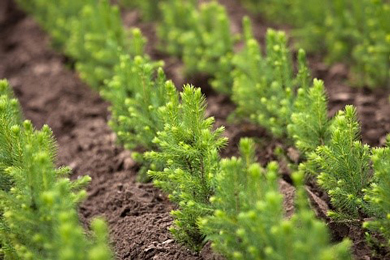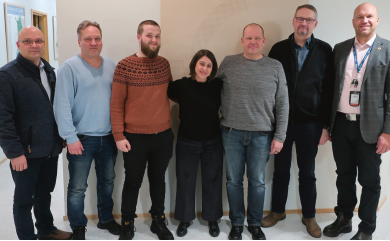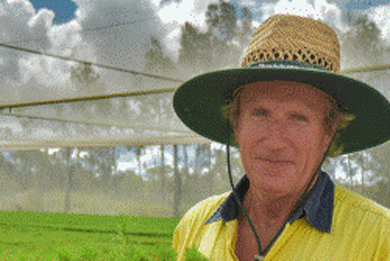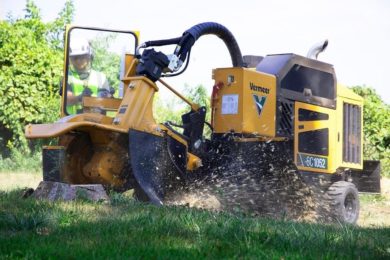May to November 2021, Segezha Group (part of Sistema PJSFC) will carry out a set of scheduled reforestation measures in all logging regions: Krasnoyarsk Krai – 11.6 thousand hectares, Republic of Karelia – 9.5 thousand hectares, Vologda Oblast – 4.6 thousand hectares, Arkhangelsk Oblast – 4.1 thousand hectares, Kirov Oblast – 3.1 thousand hectares. The total area is 32.9 thousand hectares which is 3.8 thousand hectares greater than last year. For these purposes, 178 million rubles were allocated, an increase of 25 % yoy.
The holding aims to equalise the area of logging and the area of restored forests. The works are carried out in strict compliance with the Russian forest legislation. At each stage of the forest management process, Segezha Group acts taking into account the need to create and maintain forest infrastructure facilities in good condition, in particular, for the purposes of restoring and protecting forest lands; the transformation of animal habitats; the condition of water and soil environments and unique vulnerable landscapes classified as protection forests. Also, Segezha Group fulfils its voluntary liabilities under the international forest certification. It covers 83% of the leased state-owned forest lands that equal a total of 8.1 million hectares as of late 2020.
Natural, artificial and combined reforestation methods are used. Natural reforestation implies the preservation of viable understorey and stimulation of volunteer plants. Artificial reforestation involves sowing seeds or planting seedlings This year, Segezha Group will sow 830 kg of seeds and plant about 9 million seedlings.
Root ball seedlings have the greatest survival index. Every year, the number of root ball seedlings used increases.
“Our concern about forest lands is based on the general principles of forest management. Apart fr om that, when assessing the completeness of reforestation works, we must take into account that forest restoration is a time-consuming process. It takes two years after clearcutting. We also must consider that, in the areas wh ere temporary forest infrastructure facilities were previously placed, reforestation works can only be performed after the facilities are removed,” Natalya Konovalova, Director Forest Management at Segezha Group, noted.







